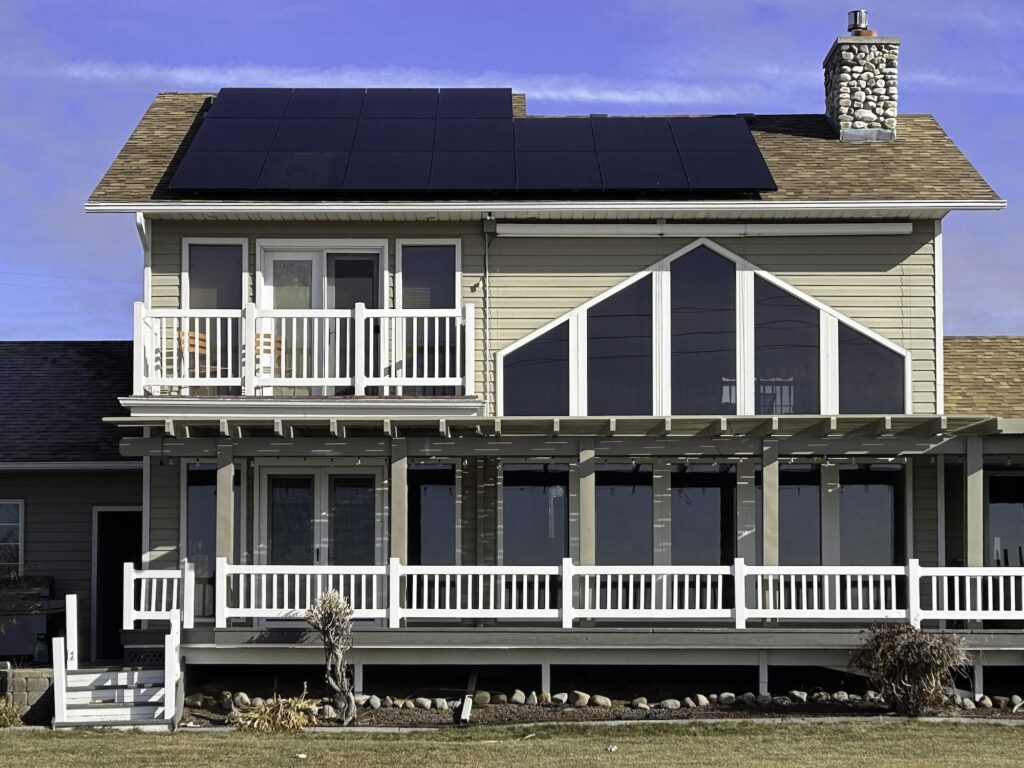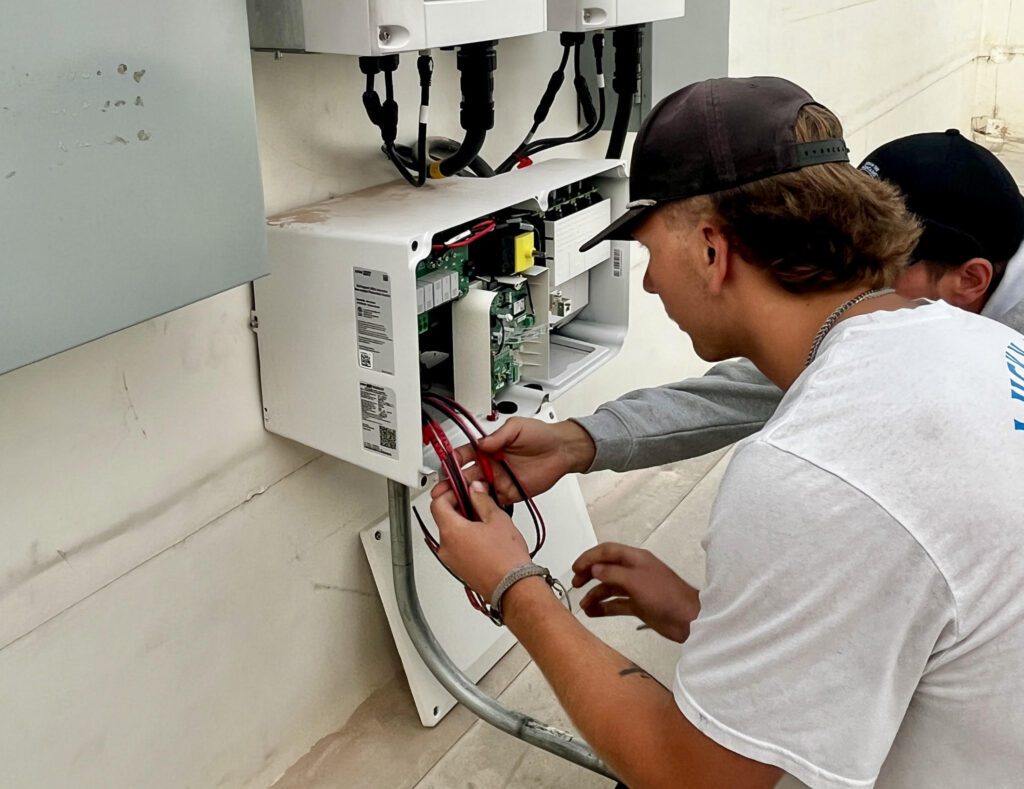As 2026 looms and taxpayer support evaporates for the residential solar industry, several solar sales companies are cutting margins sharply to close as many deals as possible in 2025. But is this a benefit to the consumer? The short answer is no. Let’s explore the expected fallout after December 31st for those choosing a slightly less expensive initial option for a long-term headache.
Locking in the 30% Investment Tax Credit
As Idaho’s largest volume, locally owned solar installer, we at EGT Solar understand the complexities of installation timelines.
From the moment a contract is signed to the notice for permission to operate the system from the utility company, EGT handles each step along the way. We keep all project planning and management in-house for two primary reasons.

First, in-house project management means reduced costs for the consumer, since third-party contracting fees require additional markup. Second, EGT has some of the fastest sign-to-install times in the entire U.S., due to expedited plan preparation and review by planning jurisdictions, thanks to 16 years of relationship building and learned efficiencies.
Why In-house Project Management Matters:
- In-house teams minimize delays by reducing third-party scheduling conflicts, while projects relying on outside contractors commonly face added wait times and failed inspections.
- Fast sign-to-install times ensure homeowners actually benefit from the federal investment tax credit before its deadline, avoiding the risk of unfinished work and missed savings when incentives expire.
Although many solar contractors will tell you their processes are completed in-house and the team installing your system is not a third party, it is easy to investigate for yourself. You can simply ask for the contractor designation that will be listed on the permit. If the contractor’s title is different than the name of the sales organization, you can expect lengthy install timelines, multiple failed inspections, and most likely a broken promise to install your new solar system by the end of 2025.
Here Today, Gone Tomorrow
With well over 20,000 prosumers (energy producers & consumers) in and around the Treasure Valley and roughly 5,000 of those being customers of EGT Solar, this leaves roughly 13,000-15,000 customers potentially without servicing or maintenance help from the original system installer following the end of this year. (It’s hard to imagine that even though every door in the Treasure Valley has been knocked on five to ten times by our competitors trying to push alternative energy, we are seemingly one of two or three installers left in the area.)
Of the remaining residential solar installers beyond EGT Solar, one is an Eastern-Idaho-based company, and the other is traveling here from Utah to try and sell as many projects before the end of the year as possible. But what is the plan for these new customers after January 1st, 2026?
Well, we have experienced and are currently experiencing a similar fallout. Over half of the phone calls or website inquiries we receive daily are from prosumers with no servicer left to provide after-installation assistance. The original installers fall into two categories: they’re either no longer in business or they are larger companies that have pulled back (or out of the market completely) as net-metering with local utility companies has become more complicated.
This Is a Growing Issue Statewide:
- Recent reports show an uptick in solar bankruptcies and business closures nationwide, with Idaho homeowners especially vulnerable due to fast-changing net metering rules and utility compensation cuts.
- Loss of service and support is the most common complaint from Idaho solar customers post-sale, according to local forums and state energy reports.
Without centralized operations and a designated service team, the clients of these companies have been (and continue to be) left without the ability to perform the necessary upkeep on their systems, integrate with new products, or complete simple tasks like adjusting their battery programming to counter seasonal changes or alternating compensation timelines with their utility net-meter agreements.
These folks are left with nobody to help them, and inevitably end up as service customers of EGT Solar, as we have the only designated, licensed, and certified technicians to work on every type of system installed.

And as much as we would like to provide servicing for every prosumer at an affordable rate, we must prioritize our customers, leaving non-EGT customers with double the service costs and lower-priority status. As you can now imagine, the value of having EGT install your system initially is priceless.
Homeowner Tips for Avoiding the Last-Chance Trap:
- Choose a company with verified long-term local business history and in-house service teams.
- Request to see the permit contractor designation. Watch for mismatches indicating third-party outsourcing.
- Ask about ongoing service, upgrades, and support programs before signing the contract.
- Search for public reviews mentioning after-sales support, not just sales experiences.
- Be cautious of urgent, time-limited offers as 2026 approaches; many will vanish with incentives.
Secure Energy, Secure Investment
In the rapidly evolving solar market, choosing a company with a track record of integrity and community presence ensures your system is built to last — and that someone will be there long after the initial sale. Don’t risk the future success of your solar system by gambling on disappearing installers chasing a quick profit. Instead, partner with professionals who invest in your long-term energy independence.






